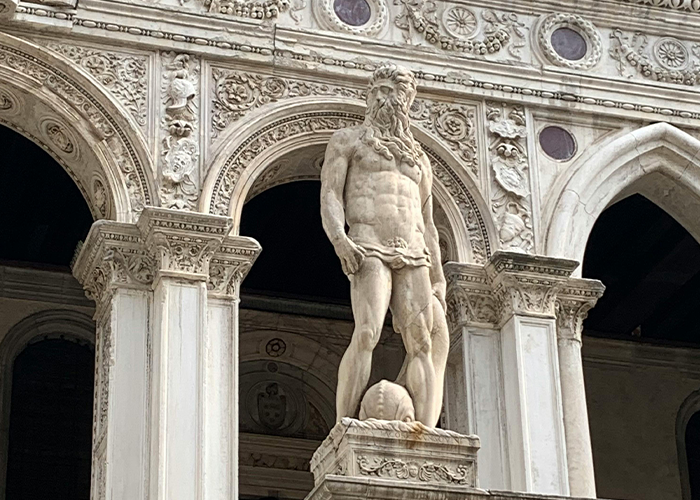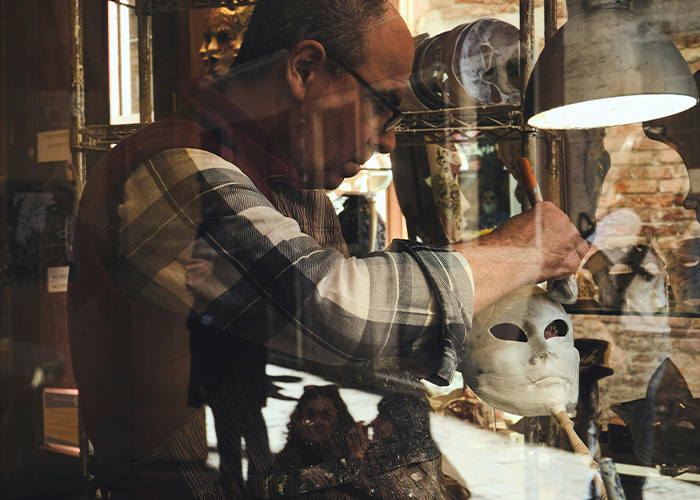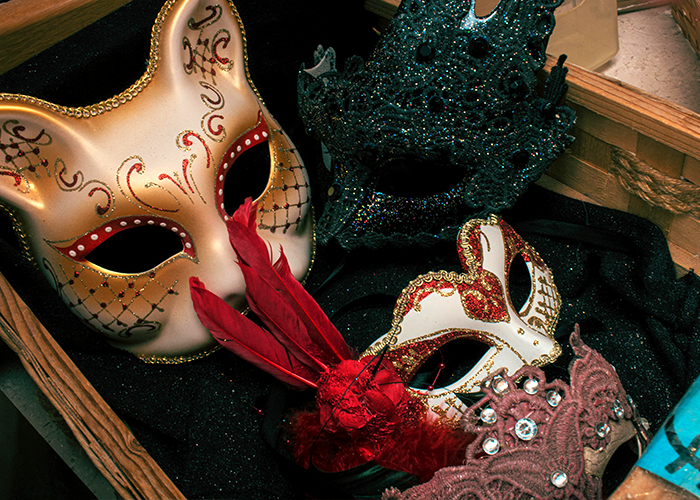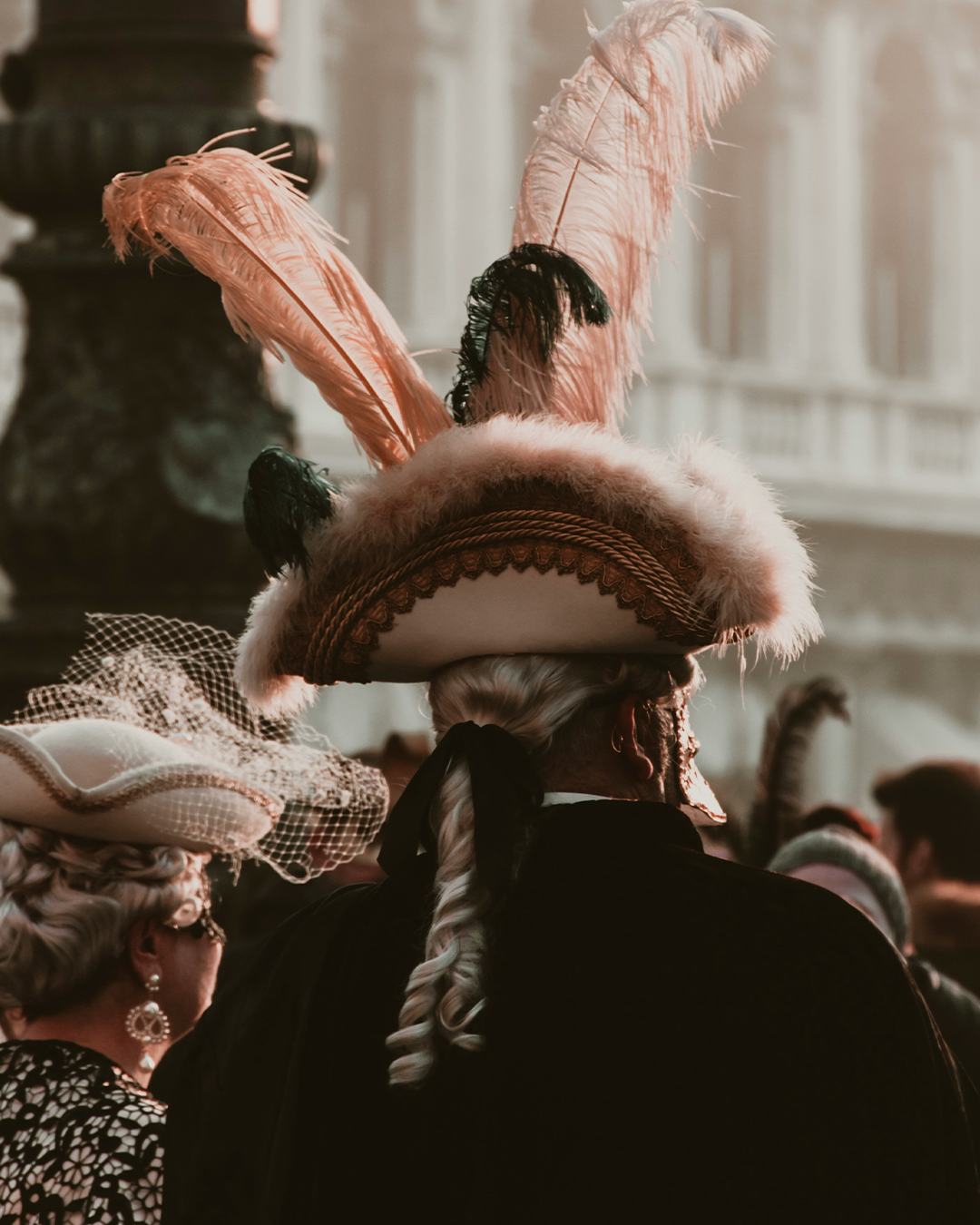Meet the Team
Learn more about Kirker's team of experts and read our latest destination reviews.
Cultural Highlights
The Venice Carnival, ‘Carnevale di Venezia’ is one of the world’s most famous festivals, characterised by its distinctive costumes and masquerade balls. While many of the most prestigious balls and events take place behind closed doors, there is a unique atmosphere in the air throughout the city during Carnival season, with bustling ateliers and workshops, artisans preparing handmade masks, costumiers in full flow, and a number of parades and public events in the squares and canals of Venice.

While the origins of the Venice Carnival are somewhat ambiguous, it can be traced back to around 11th century Venice, when the Carnival was established as a final time for indulgence and celebration before the austerity of Lent. Carnival grew in popularity during the Renaissance, when Venice was one of the richest and most powerful cities in Europe.
The appeal of masks and masquerade balls is said to have stemmed from the anonymity they provided in a time of extreme social hierarchy. With the use of masks, people could temporarily mingle and socialise free from social or class constraints.
Despite its popularity, the Venice Carnival was banned following the Napoleonic invasion of 1797 and was not reinstated until 1979 in an effort from the Italian government to promote Venetian culture.

Perhaps the most recognisable element of the Venice Carnival is the concept of disguise, often expressed through decorative masks. Anonymity has been the carnival’s core theme since its spike in popularity during the Renaissance.

Masks of the Venice Carnival are highly decorative and elaborate with many different styles available:
To complete the Venetian costume, masks are accompanied with further elements:
Elegant gowns and suits play an important role for Carnival costumes. These outfits often reflect 18th-century Rococo, Baroque and Renaissance styles, in deep jewel tones such as gold, burgundy, green and blue.
The Venice Carnival has made a significant impact on both historical and contemporary arts and culture. Historically, the festival played a crucial role in shaping Venetian aesthetics and heritage. Today, the annual celebration continues to champion creativity and self-expression, as well as providing a thriving industry for traditional artisans who still make masks and costumes by hand in the city.

Our expert reservations team regularly travel to a wide range of destinations to explore new cities, visit hotels and to research museums, galleries and restaurants so that we can offer the most up-to-date advice and recommendations.
Join our mailing list to receive the latest updates and travel inspiration.
